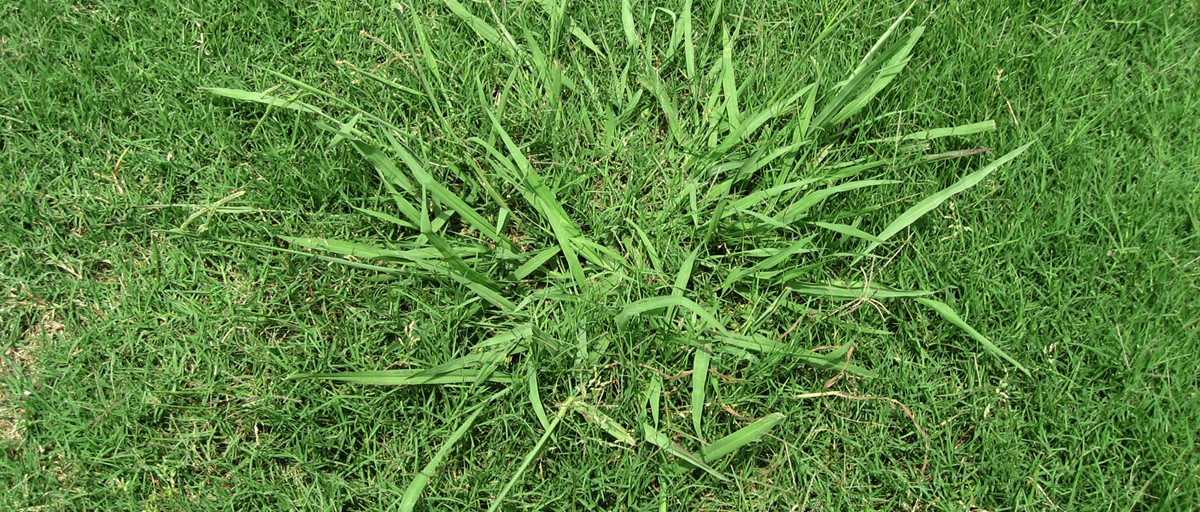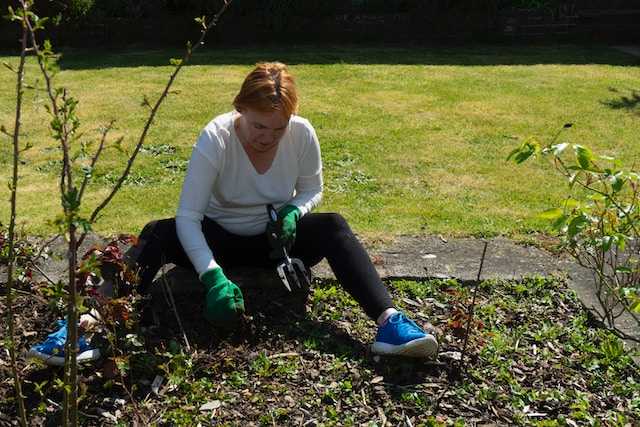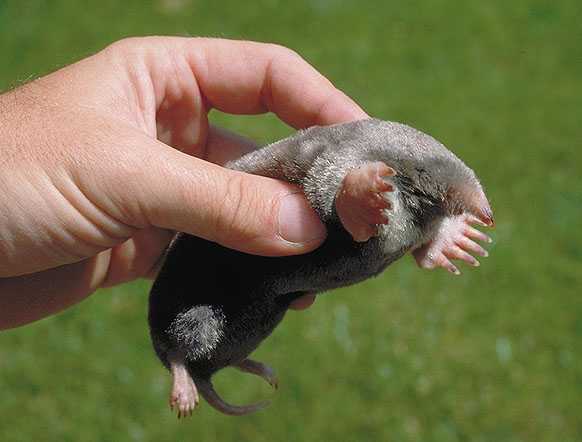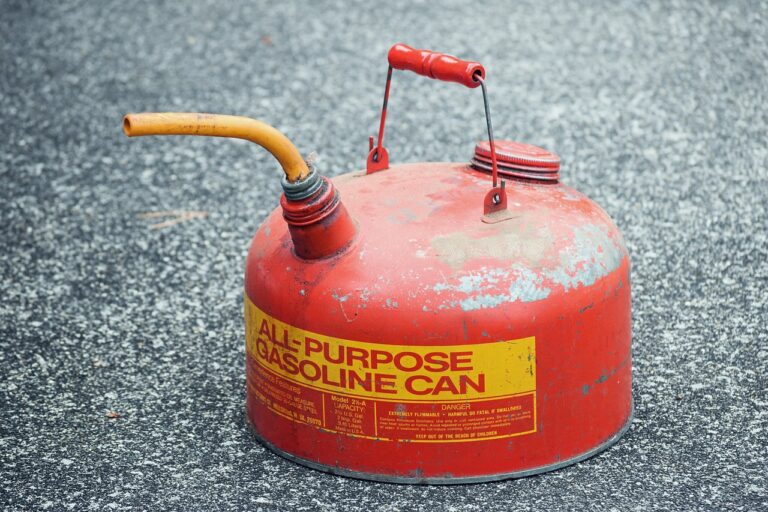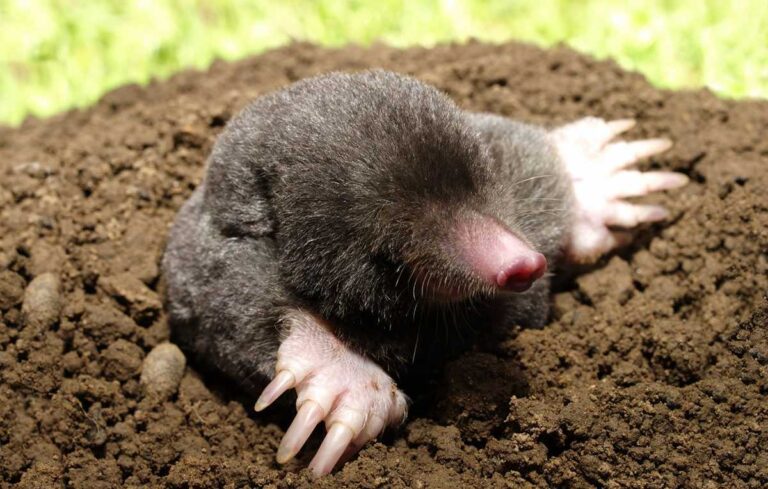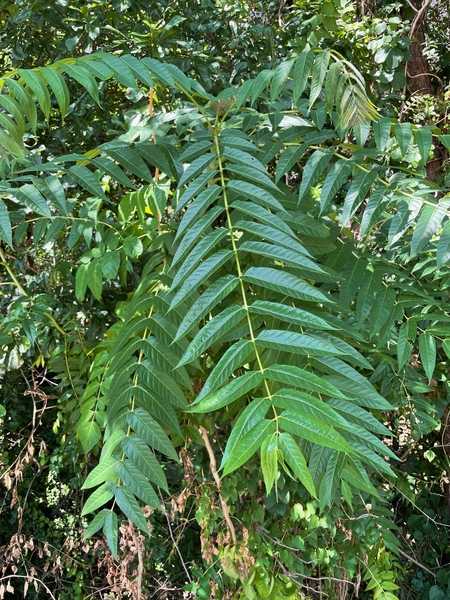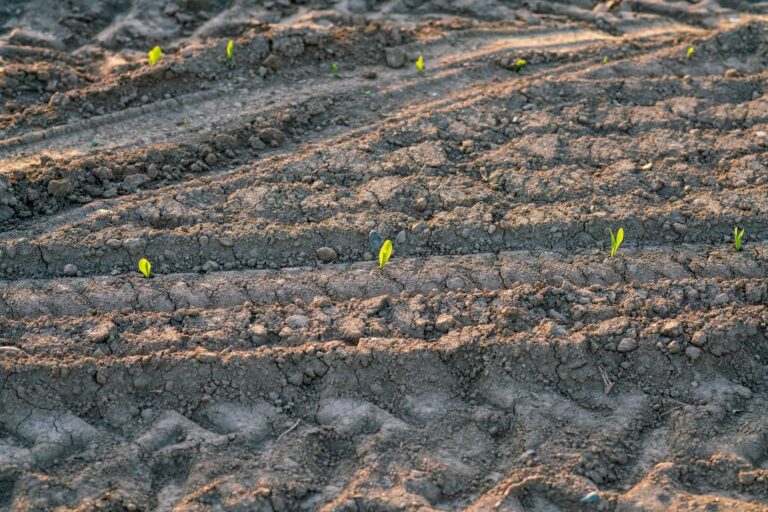Dallisgrass vs Crabgrass – Know Which Weed is in Your Lawn
Maintaining a beautiful and weed-free lawn is a priority for most gardeners and homeowners. Unfortunately, weeds are your number one enemy to a perfect lawn. Controlling established weeds in your garden is troublesome. Therefore, you should immediately act on weeds and clumps of grass appearing in your garden.
Grassy weeds, especially dallisgrass and crabgrass, are two popular weeds that flourish in perfectly manicured lawns. While you should prioritize getting rid of these weeds, you should first identify them as different types of weeds require different approaches. That said, below is a comparison of Crabgrass vs Dallisgrass to ease identification.
What is Dallisgrass?
Dallisgrass is a popular grassy weed that grows and spreads quickly, especially during the warm season. While it has many identifying characteristics, you can easily identify dallisgrass by its large mat of foliage. This perennial weed is very invasive and weedy. As such, it can easily take over your yard if ignored.
You should pull out these weeds before they mature and spread seeds. Dallisgrass is a common weed in warm climates. It is drought-resistant and thrives on heat. It forms a dense mat that chokes other plants in your yard.
You should suspect dallisgrass if the weeds on your lawn have the following characteristics:
- Coarse texture – dallisgrass has dark green leaves with a rough texture, which explains its unique appearance.
- Deep root system – this weed has an extensive root system that makes it resilient to drought. It also easily outcompetes artificial grass and other plants.
- Perennial growth – dallisgrass is a perennial weed that regrows every year after establishing its root system.
- Long seed heads – this weed has long and upright seed heads that stand tall above the leaf blades.
As mentioned, dallisgrass is a perennial grassy weed. This means its lifecycle starts when it regrows from an already established root system.
What is Crabgrass?
Crabgrass is also a common grassy weed in American lawns. Like dallisgrass, it is an invasive weed that grows during the summer and spring months. However, it is an annual weed that becomes dormant during winter.
However, unlike dallisgrass, crabgrass grows and becomes established quickly, reproducing through seeds or offshoots from the roots. Crabgrass forms an extensive mat of foliage that chokes other plants. As such, you should get rid of this weed before it matures and seeds.
You should suspect the weed in your lawn to be crabgrass if:
- It grows faster – crabgrass has vigorous growth habits. It easily outcompetes your lawn grass.
- Wide leaf blades – crabgrass has broad and light green leaf blades, which differentiates it from other grassy weeds and grass types.
- Prolific seed production – crabgrass produces large amounts of seeds, which contributes to its faster spread.
- Prostate growth – crabgrass grows close to the ground, forming a dense mat that quickly shadows the turf surrounding it.
Crabgrass’s lifecycle often begins during spring when the seeds germinate. It then grows rapidly during summer, produces seeds, and dies off during winter months. You should understand its lifecycle for effective prevention and control strategies.
How to Differentiate Dallisgrass vs Crabgrass
As mentioned, dallisgrass and crabgrass are grassy weeds. These weeds share several similarities, which make identification difficult, especially for novice gardeners. You can easily rule them out because of their clumping appearance. The following differentiating characteristics can help you avoid the confusion:
1. Appearance
You can easily differentiate crabgrass from dallisgrass from their appearance. Crabgrass has wide, light green leaf blades and forms a dense mat close to the ground. It also branches out, forming a pattern that resembles crab legs. Contrastingly, dallisgrass’s identifying features are the rough texture with upright seed heads that grow above grass blades. It has broad and coarse leaf blades compared to those of crabgrass.
2. Growth
Dallisgrass is a perennial grass that persists year in and year out. It regrows from the root system, which makes it very challenging to get rid of it completely from the lawn after it becomes established.
On the other hand, crabgrass is an annual grassy weed. This means it completes its lifecycle every year. It germinates from seeds during spring, grows faster during summer, and produces seeds before dying off in winter.
3. Invasive potential
Dallisgrass and crabgrass presence in your lawn is certainly challenging. Crabgrass grows and spreads faster, thanks to its prolific seed production and prostate growth nature. Similarly, getting rid of dallisgrass is a challenge because of its deep root system. As such, proactive prevention measures and early intervention are essential for both weed types.
4. Impact on lawn health
Being weeds, both dallisgrass and crabgrass affect your lawn’s health. Crabgrass provides a temporary green to bare patches of your lawn. However, its prostate growth pattern means it quickly outcompetes artificial grass and other plants in your lawn, affecting lawn health. The presence of flourishing crabgrass also makes your lawn unsightly.
Dallisgrass similarly detracts from your lawn aesthetics. While its deep root system helps control erosion, it is a perennial weed that actively competes for nutrients with artificial grass. It can easily dominate your turf if left unchecked.
How to Control and Get Rid of Dallisgrass
The best way to manage dallisgrass in your lawn is to prevent new plants from growing at the beginning of summer. Ideally, you should control them before they develop rhizomes. While you can dig out mature dallisgrass weeds, they will grow back if their deep-rooted rhizomes remain in the soil.
Besides preventing the growth of dallisgrass, you should also consider chemical control strategies to prevent this grassy weed from taking over your turf. You can use pre-emergent or post-emergent herbicides for dallisgrass control.
Pre-emergent herbicides are best for controlling weeds before germinating. Effective pre-emergent herbicides for dallisgrass include prodiamine, DCPA, bensulide, oryzalin, and dithiopyr. These herbicides work best when applied in late winter or early spring.
You shouldn’t apply pre-emergent herbicides if the weeds have grown beyond the seed stage. In this case, you should use post-emergent herbicides. Effective post-emergent herbicides for dallisgrass include Weed-B-Gon, Weed-Hoe, and Foramsulfuron. Always read the chemical properties and application instructions before using these chemicals.
How to Control and Get Rid of Crabgrass
The easiest way to control crabgrass is to identify and uproot these weeds early. Doing this in its early stage leaves small patches in your turf. While at it, inspect your lawn for the presence of immature seed heads. They commonly appear during and immediately after winter.
You can also use pre-emergent or post-emergent herbicides to control crabgrass, depending on their growth pattern. If you opt for pre-emergent chemicals, ensure you apply them after the second round of mowing in spring. You should spread the herbicides beyond the lawn, into path walks, driveways, and your neighbor’s lawn edge.
The best way to apply pre-emergent herbicides is by mixing them with a fertilizer. You should apply before watering or raining to ensure most chemicals get absorbed into the soil. As for post-emergent herbicides, you should apply them during the day when the wind is low and moisture is the least.
The Bottom Line
Dallisgrass vs crabgrass both affect the appearance and value of your lawn. Their rapid growth characteristics mean they easily outcompete your artificial grass for water and nutrients, significantly affecting your lawn’s health and quality. Identifying these grassy weeds and controlling them effectively improves your curb appeal.
